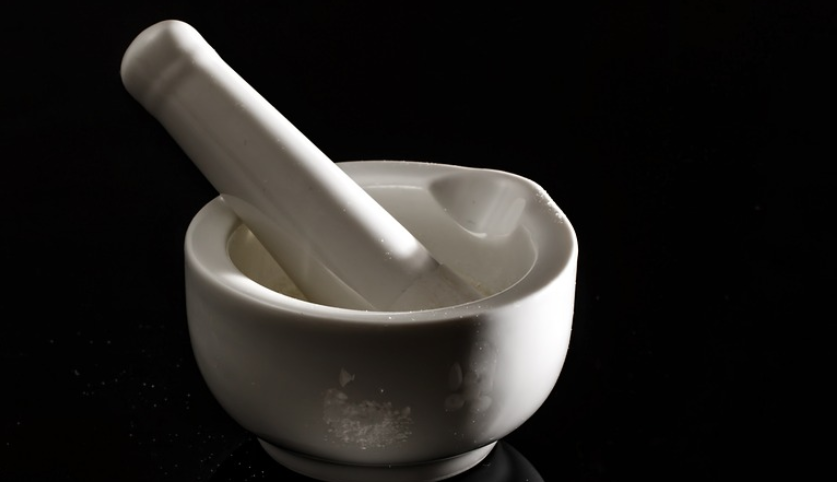Introduction
When it comes to automotive engineering, the choice of materials is critical. One widely used standard for high-strength low-alloy (HSLA) steels in the automotive industry is SAE J2340. This standard specifies the chemical composition and mechanical properties of these materials, which are widely used in various automotive applications ranging from chassis and body components to safety systems.
Chemical Composition
The chemical composition of SAE J2340 HSLA steels is carefully controlled to achieve specific mechanical properties. The elements that are typically added to these steels include carbon, manganese, silicon, phosphorus, sulfur, and sometimes aluminum, titanium, or niobium.
The carbon content is typically less than 0.20%, while the manganese content ranges from 1.0% to 2.5%. Silicon is added in small amounts (less than 0.60%) to improve the steel’s ability to be formed into complex shapes. Phosphorus and sulfur are kept at low levels to avoid brittleness and improve weldability.
The addition of aluminum, titanium, or niobium can help to refine the grain structure of the steel, improving its strength and toughness. However, these elements are typically added in small amounts (less than 0.10%) to avoid excessive cost.
Mechanical Properties
The mechanical properties of SAE J2340 HSLA steels depend on the specific grade and thickness of the material. However, in general, these steels are characterized by high strength, good ductility, and excellent formability.
The minimum yield strength of these steels ranges from 170 MPa to 550 MPa, while the minimum tensile strength ranges from 310 MPa to 700 MPa. The elongation at break is typically greater than 20%, indicating good ductility, and the steel can be formed into complex shapes without cracking or tearing.
Applications
SAE J2340 HSLA steels are widely used in the automotive industry for various applications. These include chassis and body components, such as frame rails, cross members, and door intrusion beams. They are also used in safety systems, such as seat belt anchors, and in suspension components, such as control arms and steering knuckles.
The use of these steels can help to reduce the weight of vehicles, improve fuel efficiency, and enhance crashworthiness. In addition, their good formability and weldability make them ideal for complex shapes and assemblies.
Conclusion
SAE J2340 HSLA steels are an important material standard in the automotive industry. Their carefully controlled chemical composition and excellent mechanical properties make them ideal for various applications, from chassis and body components to safety systems. As the automotive industry continues to evolve, the demand for these materials is likely to increase, making them an essential part of automotive engineering in the years to come.

